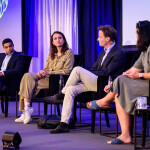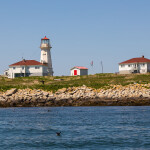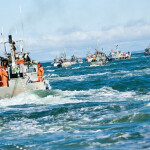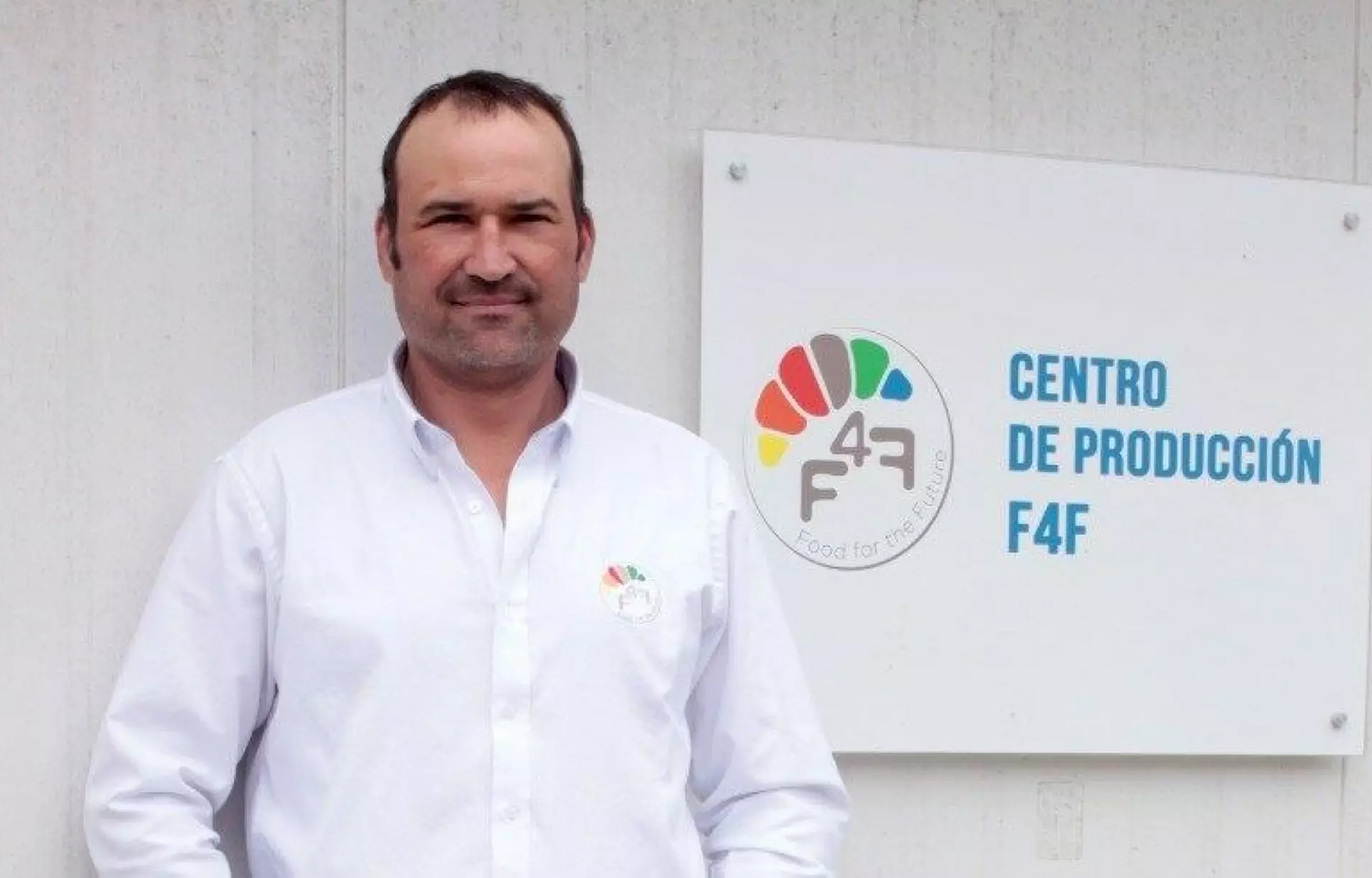Chilean startup Food for the Future (F4F) breeds black soldier flies to produce alternative aquafeed.
In a recent interview, F4F Commercial Manager Felipe Mayol provided SeafoodSource with information on how far the company has come in its 10 years of existence, an inside view of the company’s current operations, and a look into its future plans.
SeafoodSource: You have a joint commercial campaign with salmon-farming firm Caleta Bay, which uses your feed and markets the end product as environmentally friendly. Is Caleta Bay your largest customer?
Mayol: No, aquafeed manufacturers are my principal customers. They include our alternative aquafeed in their freshwater diets.
This year, 80 percent of our aquafeed is being sold to Skretting, for example. Also, the organic waste coming from two of their plants ends up at our plant [for the breeding of black soldier flies], so it is a perfect circular economy. Then, they sell the feed to the salmon farmers, and we’re not involved in that negotiation.
With respect to the farmers themselves, at one point, we did a complete cycle with some salmon from Multi Export, without antibiotics, in freshwater and seawater. But, today, the farmer with which we have worked the most and have the most developed concept is clearly Caleta Bay.
SeafoodSource: How did this come about?
Mayol: I’ve had to convince technicians at feed plants to include my ingredient in a formula to offer to salmon farmers. We were getting into very technical issues, and in the first few years, it was just a lot of research, learning about nutrition and making sure that our ingredients and our protein meet the amino acid profiles and other things salmon require.
Once the feed manufacturer formulates the diet, they have to sell that diet to the technical manager of a salmon farm, who is another technician and is going to question some things. When the salmon farmer agrees, we have to make sure we’re getting that ingredient to the plant.
Our problem in the first few years was getting our ingredients in the feed plants, and today, we have worked with all of them. We’ve had to climb a mini Everest to get there, and that took us a few years; I’d say we’re in a good place now.
We have also done some tests with coho in [the southern region of] Aysén. The ingredient is already validated in nutritional terms. What has to be checked is scalability, and we at F4F are at that stage.
SeafoodSource: Where are your current operations located?
Mayol: Our plant was located in [the southern city of] Puerto Montt until 2020, but we are now in Talca in the Maule region [in south-central Chile]. Once we demonstrated that the model was scalable, we were producing little and processing a low amount of waste. So, we raised capital and moved to Talca in 2020; during the pandemic, we raised capital because the larva of the black soldier fly is by far the most efficient organism. To produce 1 metric ton [MT] of aquafeed, I need 20 MT of organic waste to feed the larva, have it reach its adult state, and then transform that into protein.
We moved to Talca for industrial scaling to have much greater access to organic waste. Currently, we are receiving approximately 1,000 MT of organic waste per month to manufacture between 35 MT and 40 MT of protein per month.
We sell 90 percent to 95 percent of the feed to the ...








